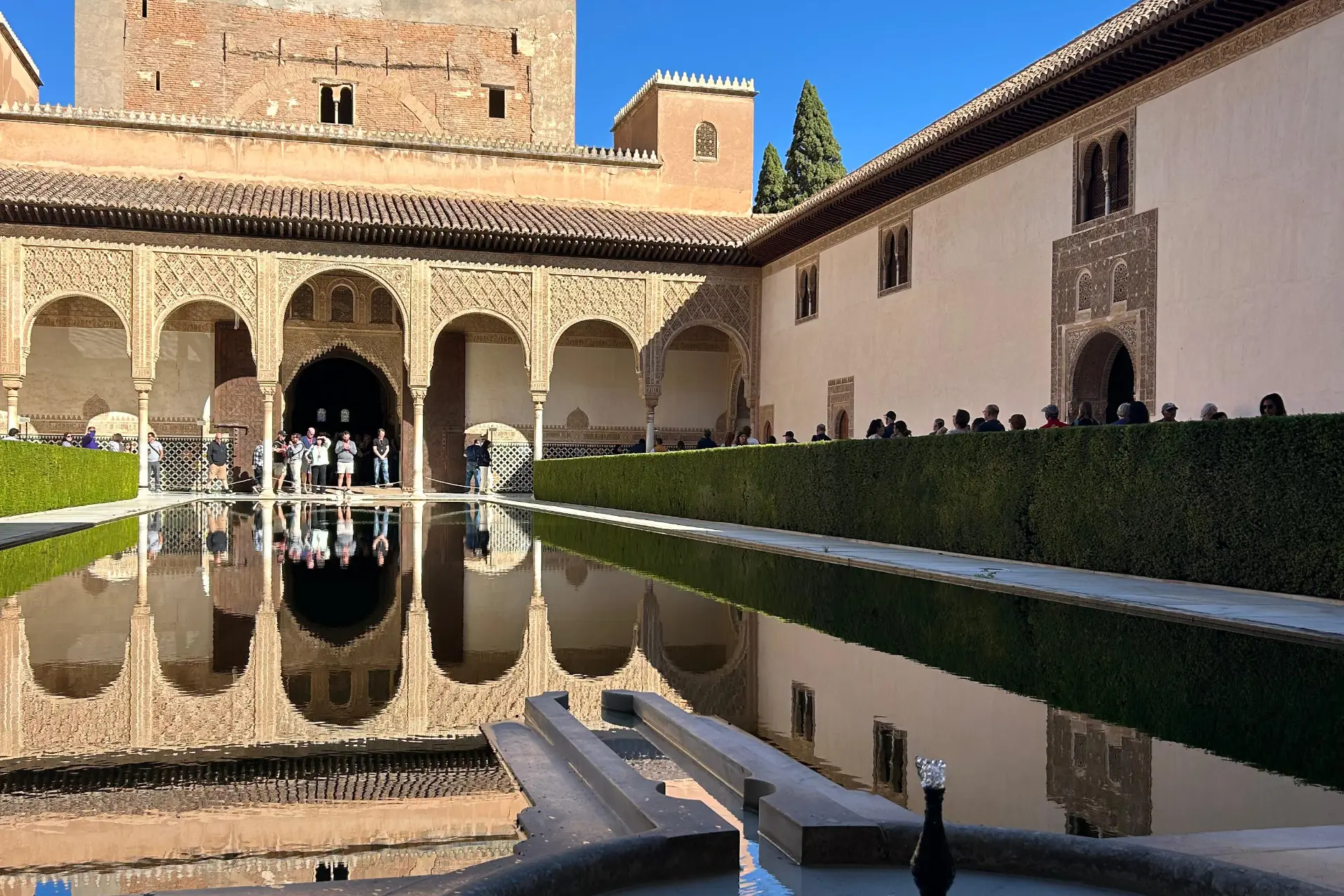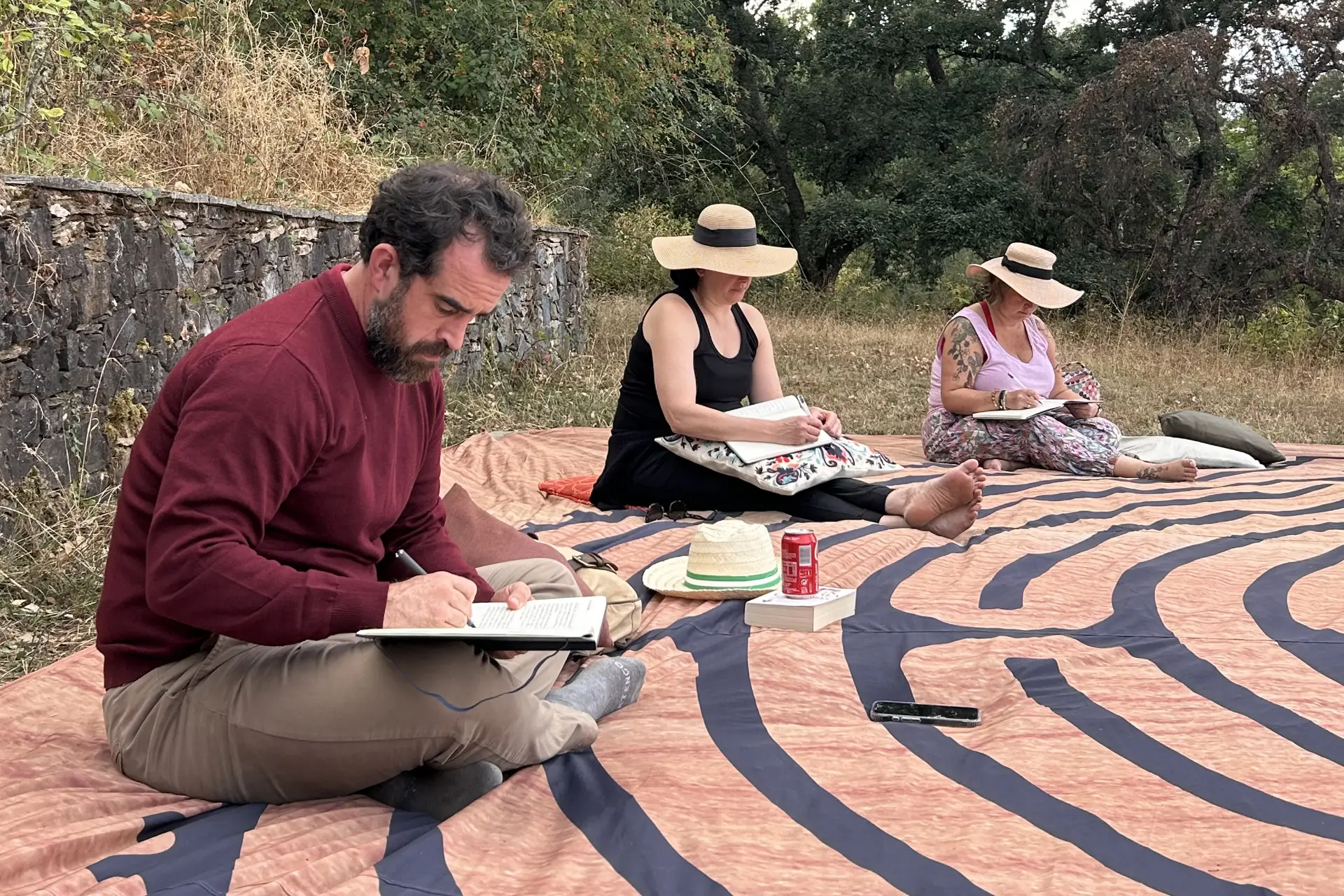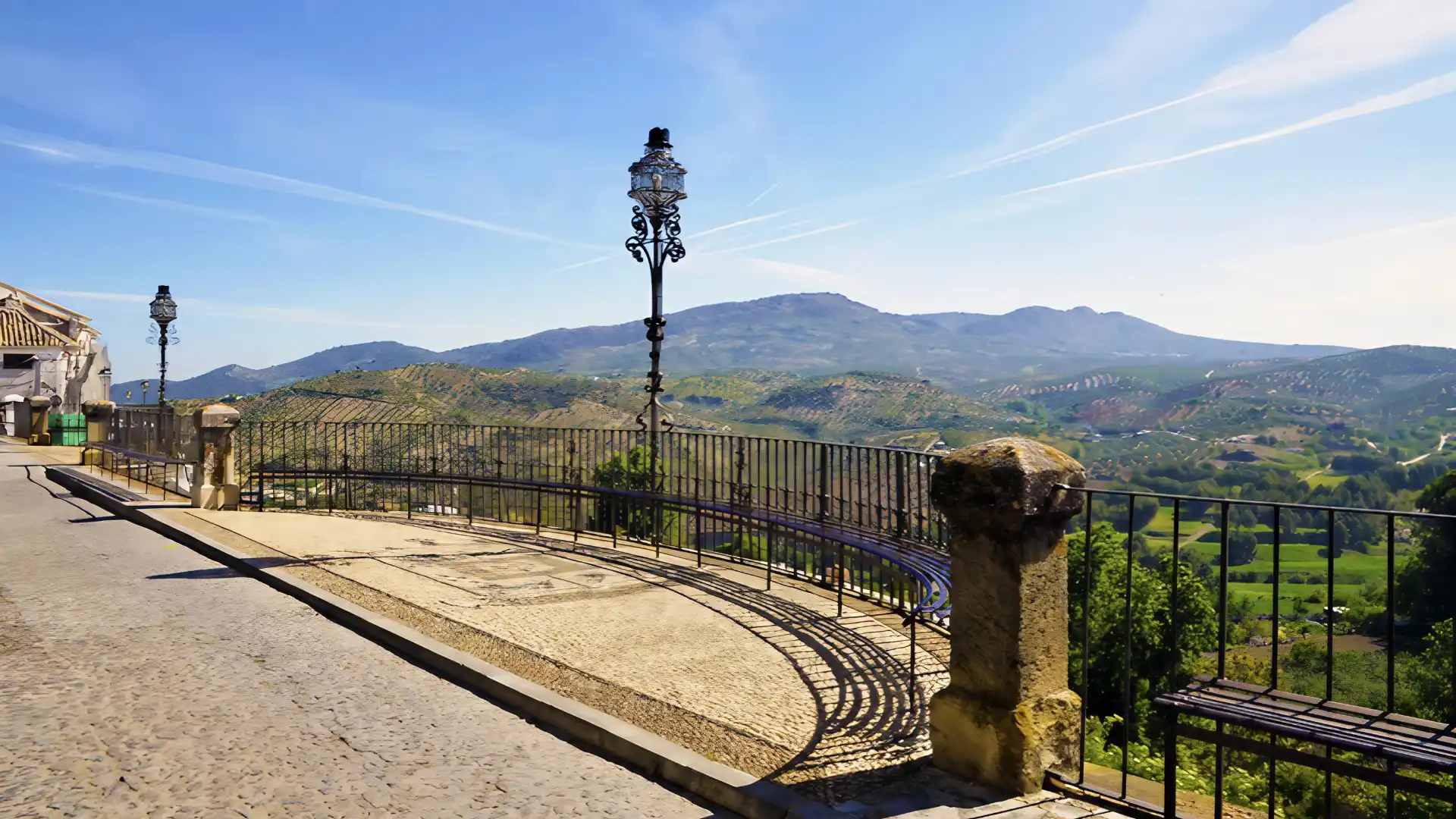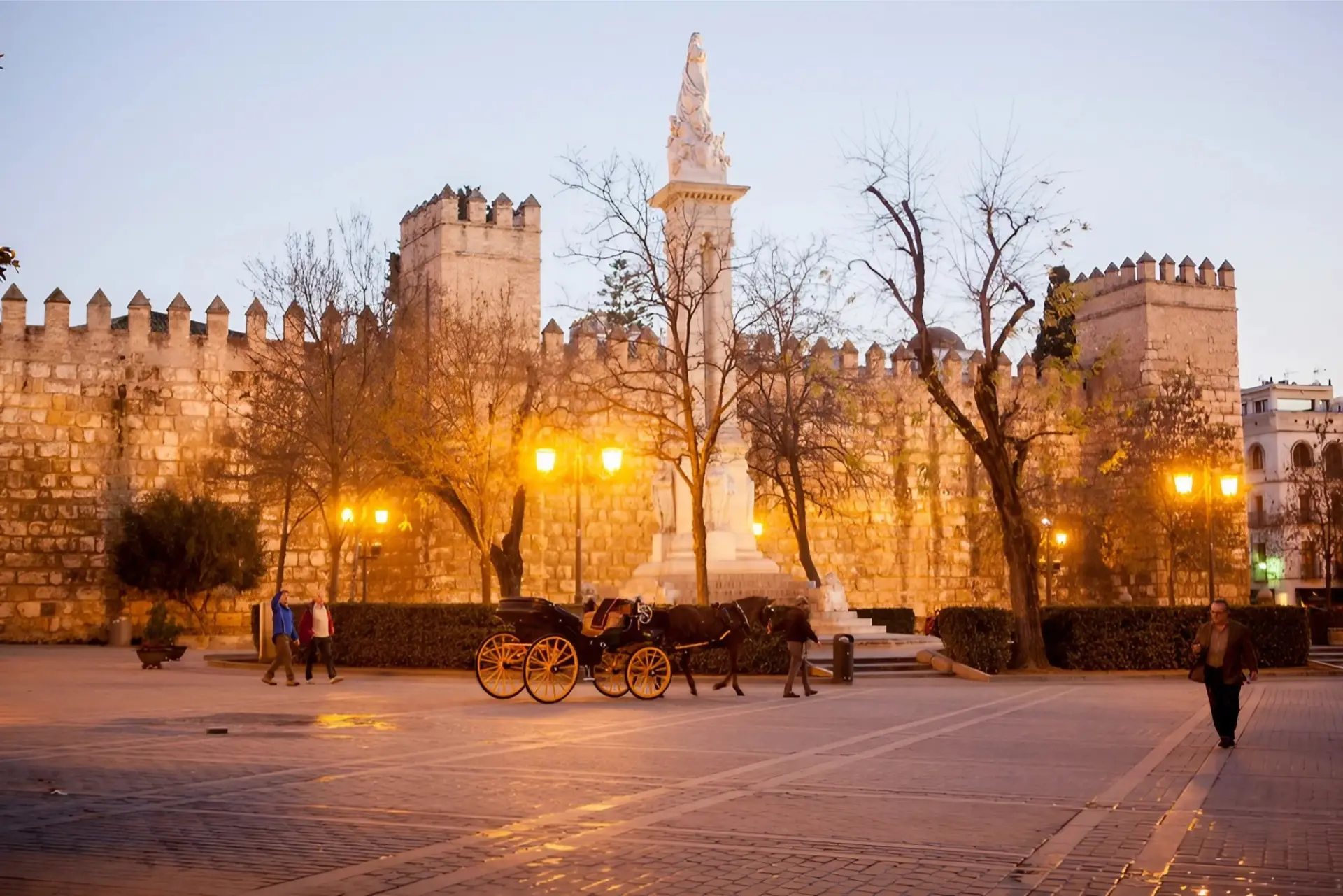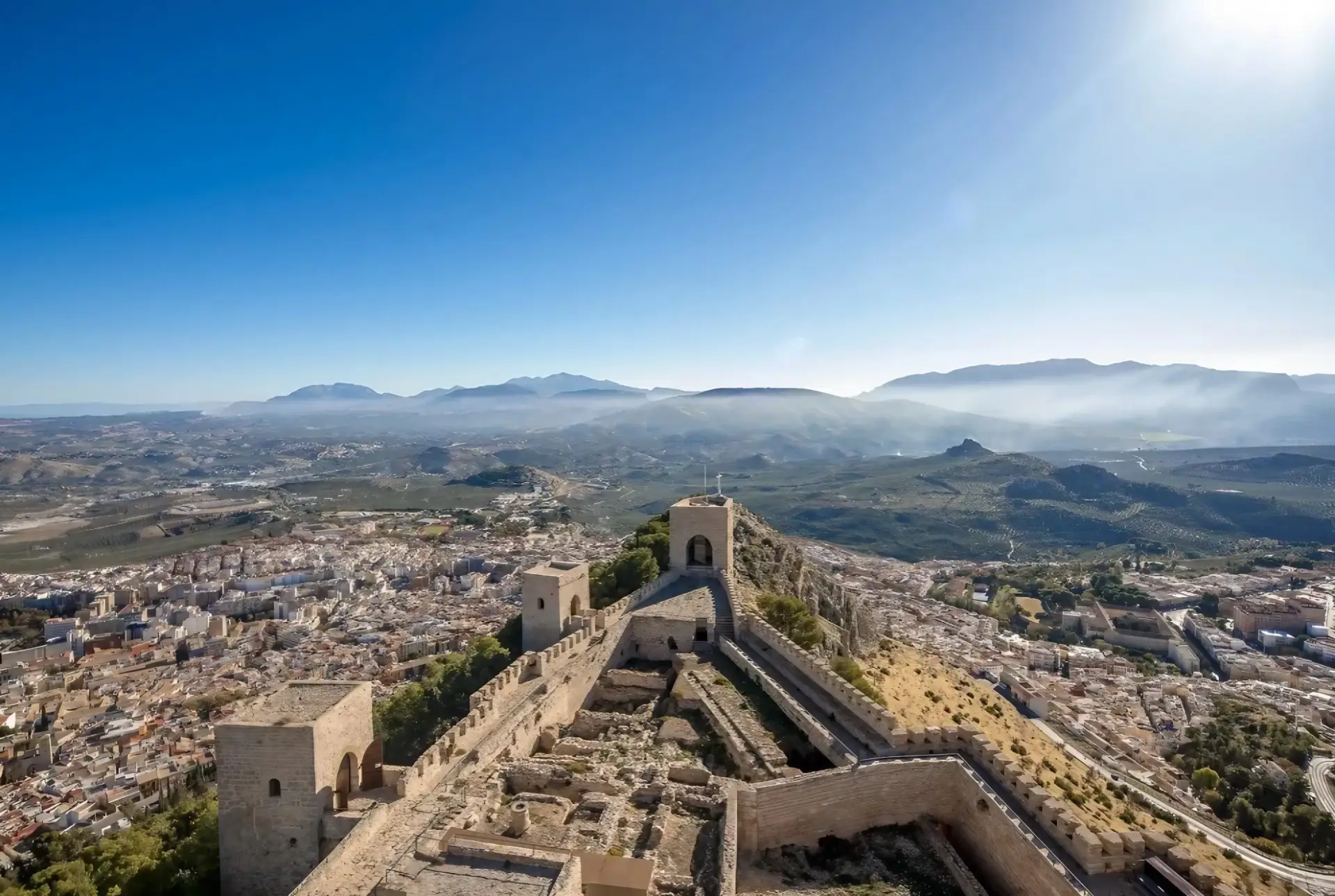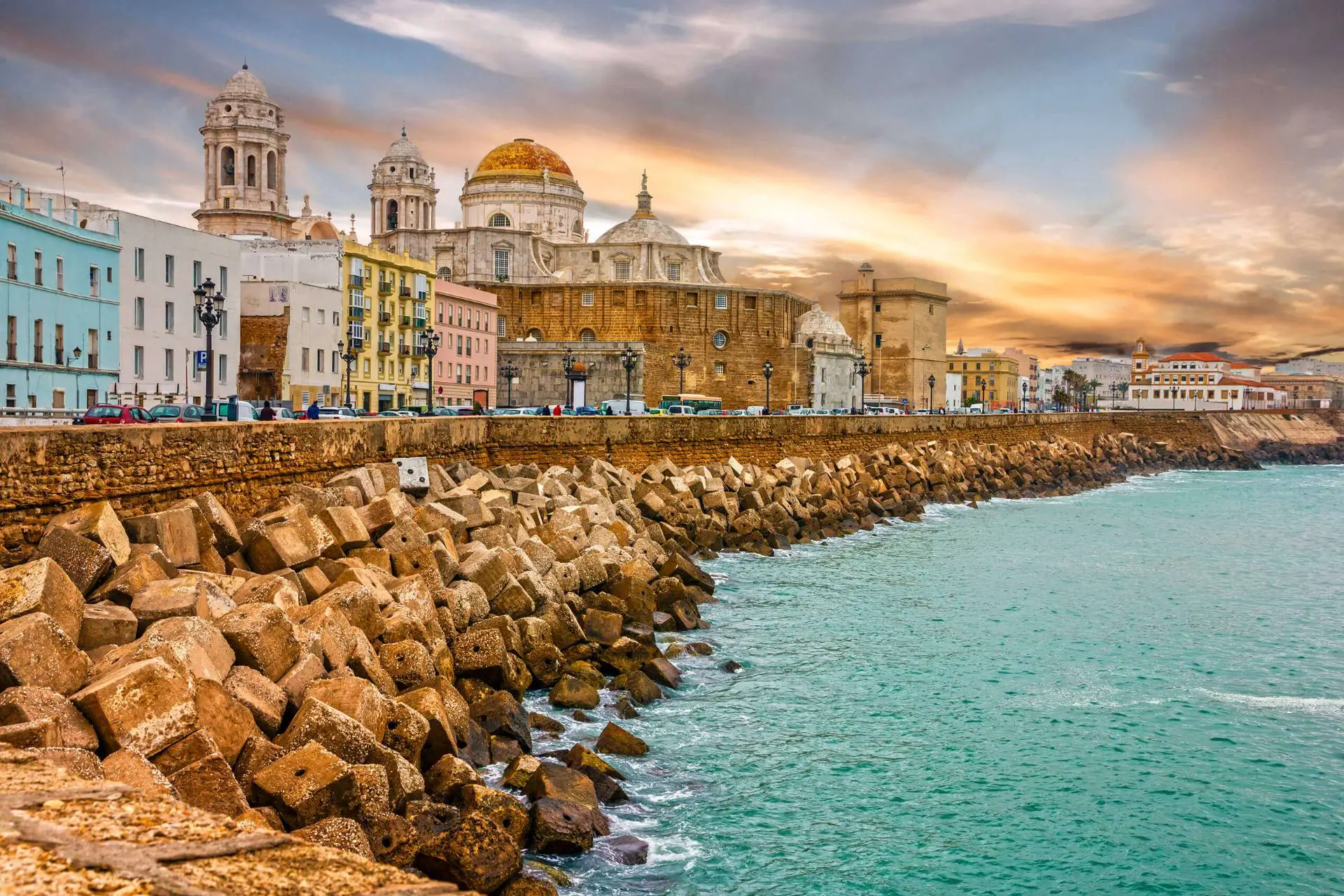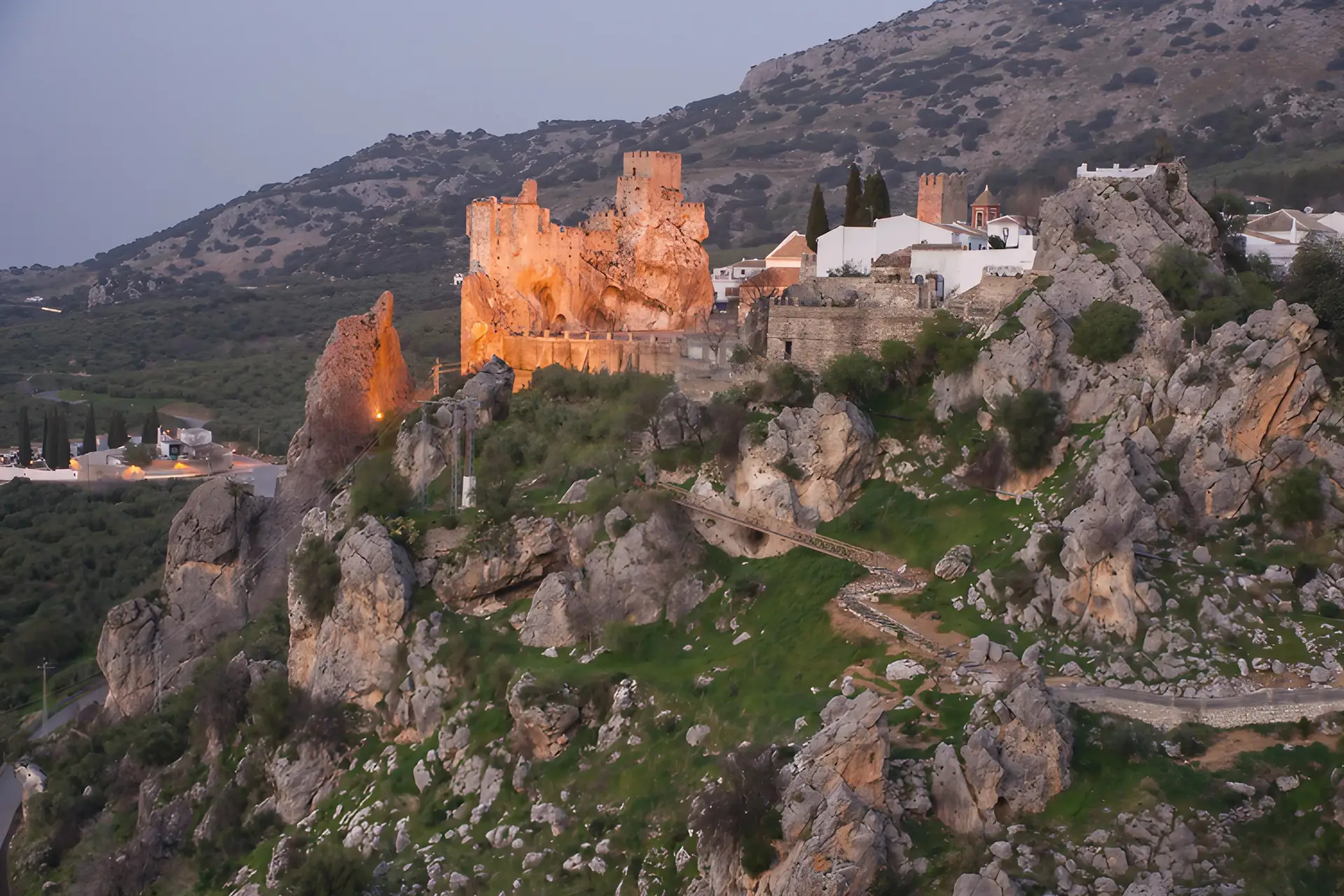In the eastern part of Málaga province, the Axarquía region is a land of mountains, beaches, Moorish architecture, wine and food. Among its many treasures is the famous “Ruta de la Pasa” (Raisin Route), a trail that winds through charming, whitewashed villages and verdant vineyards, celebrating the region’s long-standing tradition of raisin production.
The story of the pasa (raisin) in Axarquía is a tale of perseverance, tradition and bandits! This the first of a series on routes in the Axarquía, where we tap into the culture of the Spain you never knew.
Join us on a sweet journey through the heart of Axarquía.
P is for Pasa…
The cultivation of Muscat grapes, the primary variety used for raisins, dates back to the Phoenicians and Romans. However, it was during the Moorish occupation that viticulture truly flourished, thanks to their advanced irrigation techniques. The tradition of drying grapes to produce raisins has been passed down through generations, and today, the Axarquía region is renowned for producing some of the finest Muscat raisins in the world. They are not only a local delicacy but also an important export, prized for their unique flavour and quality.
Legends of bandits, splendid views and small towns full of charm is what you can expect on the Rute de la Pasa.
The Route: Villages and Highlights
The Ruta de la Pasa spans 62 kilometres and winds through several picturesque villages, each with its own unique charm. Starting from the hill town of Moclinejo and traversing through the mountains back towards the sea, the route offers delicious vistas, chewy morsels of history and a satisfying slurp of local culture.
The municipalities of Totalán, Comares, Cútar, El Borge, Almáchar and Moclinejo make up the route in which the special weather conditions allow vineyard fields to flourish, whose fruits will become raisins.
As you pass through the countryside, you’ll see what look like the final resting places of giants, white triangular headstones, always facing southeast, dotting the slopes. These are the Paseros, where the grapes are put out to dry under the heat of the sun.
You’ll also find the famous sweet-tasting muscatel wine in each of the villages. The wine has a characteristic (floral) perfume due to the organoleptic characteristics of the area from which it originates (Muscat of Alexandria.
![Discover the Ruta de la Pasa: The Raisin Route 1 [moclinejo] Mules are still used for grape harvests as the vines sit low on steep hillsides. Image: bodegasdimobe on Instagram](https://tomaandcoe.com/wp-content/uploads/moclinejo.webp)
Moclinejo
The journey begins in Moclinejo, a village known for its excellent wines and scenic beauty. Moclinejo’s winemaking tradition dates back centuries, and the local bodegas (wineries) offer tastings of the region’s renowned sweet wines.
The village’s steep, winding streets lead to the Church of Our Lady of Grace, a charming church with a distinctive bell tower.
Centre for the Study of Raisins and Moscatel Wine, is dedicated to promoting the two most iconic products of Moclinejo: raisins and Moscatel wine. It can also be visited for free.
To immerse yourself in the wine culture of Moclinejo, a must-visit is the Antonio Muñoz Cabrera Winery. You can taste the wines of the region and learn about their production process up close. Furthermore, it’s small museum, along with rooms dedicated to grape pressing and wine production, provide a deep insight into local wine tradition.
As part of the TOMA & COE Malaga Wine Tour, we head to this very bodega before enjoying lunch in the Plaza España.
In September, Moclinejo celebrates the Vineyard Festival. Grape stomping and raisin picking are reenacted, offering a glimpse into local traditions.
Moclinejo is also a great starting point for hiking trails that offer amazing views of the surrounding vineyards and mountains, good for walking off any sore heads!
![Discover the Ruta de la Pasa: The Raisin Route 2 [almachar] Attractive street of Almachar with flowers in pot Image courtesy of Diputacion de Malaga](https://tomaandcoe.com/wp-content/uploads/almachar.webp)
Almáchar
Next on the itinerary is Almáchar, a village that exudes Andalusian charm with its whitewashed houses and cobblestone streets. Almáchar is famous for its ajoblanco, a traditional cold soup made from almonds, garlic, and bread, often garnished with grapes or melon.
There’s also a quaint museum dedicated to raisins, open at weekends only, which needs to be booked in advance by calling the Town Hall. It’s free admission and is in an early-20th-century house, just like stepping back in time.
For a wine-tasting experience, Bodega Fabio Coullet holds a monthly tour of the winery and estate. They also have a shop in the village where you can purchase local wines.
![Discover the Ruta de la Pasa: The Raisin Route 3 [museo bandeloero] El Borge has a museum dedicated to its famous bandit resident](https://tomaandcoe.com/wp-content/uploads/museo_bandolero.webp)
El Borge
El Borge, known as the “Raisin Capital,” is the next destination on the route. Even the entrance reflects the importance of raisins to the village, known as El Arco de la Pasa. This vibrant village is synonymous with raisin production, and its residents are proud custodians of this age-old tradition.
El Borge’s Raisin Museum provides an insightful look into the history and process of raisin production, from the drying of the grapes on paseros (drying beds) to the final product. The village is also renowned for its picturesque streets and historic buildings, including the Church of Our Lady of the Rosary, which dates back to the 16th century.
The village may have a unique church, but it was also the birthplace of the 19th century’s famous outlaw El Bizco de El Borge. He may have been a bandit, but his nickname translates as the cross-eyed man from El Borge!! In 2023, the village opened a museum dedicated to their infamous son.
El Borge comes alive during the annual Fiesta de la Pasa, a lively celebration featuring music, dance, and, of course, plenty of raisins.
![Discover the Ruta de la Pasa: The Raisin Route 4 [Arab fountain] Arab Fountain in Cutar](https://tomaandcoe.com/wp-content/uploads/Arab-Fountain.webp)
Cútar
Next is Cútar, a small village with a population of just over 600 people. Despite its size, Cútar boasts a rich history, with traces of its Moorish past visible in the village’s architecture and layout.
The village is perched on a hilltop, offering breathtaking views of the surrounding countryside. Cútar is home to the Fuente Árabe (Arab Fountain), an ancient water source dating back to the Moorish era. The village’s narrow streets and charming squares are perfect for a leisurely stroll.
![Discover the Ruta de la Pasa: The Raisin Route 5 [comares at sunset] Comres village at sunset. Image: Facebook courtesy of Turismo Comares](https://tomaandcoe.com/wp-content/uploads/Comares-at-sunset.webp)
Comares
The journey continues to Comares, often referred to as the “Balcony of the Axarquía” due to its stunning panoramic views. This village, perched on a mountain peak, is one of the highest in the region.
Comares is rich in history and Moorish architecture, with its steep, narrow streets and whitewashed houses. The village’s Church of Nuestra Señora de la Encarnación, built on the site of a former mosque, is a notable landmark. There are several charming villages nearby, such as Mazmullar, where you can find an ancient cistern. There are also remains of the Torre del Homenaje (keep) and of ancient walls nearby.
Needless to say, you can sample the local wines in the bars here, made from the grapes which cover the mountainside.
![Discover the Ruta de la Pasa: The Raisin Route 6 [carrying grapes] Man walking thorough vineyeard, carrying box of grapes on head. Image courtesy of Sabor a Malaga](https://tomaandcoe.com/wp-content/uploads/man-carrying-grapes.webp)
Totalán
The final stop on the Ruta de la Pasa is Totalán, a small village with a big heart. Totalán is known for its friendly locals and vibrant community spirit. The village’s highlights include the Church of Santa Ana, a beautiful 16th-century church, and the nearby Torre del Violín, a watchtower offering panoramic views of the Mediterranean Sea.
On the last Sunday in November, the village celebrates the Fiesta de la Chanfaina. A basic dish, it sustained generations of farmers, combining Moorish spices with staples such as breadcrumbs, potatoes, olive oil and garlic. Naturally, it is washed down with some local artisan wine.
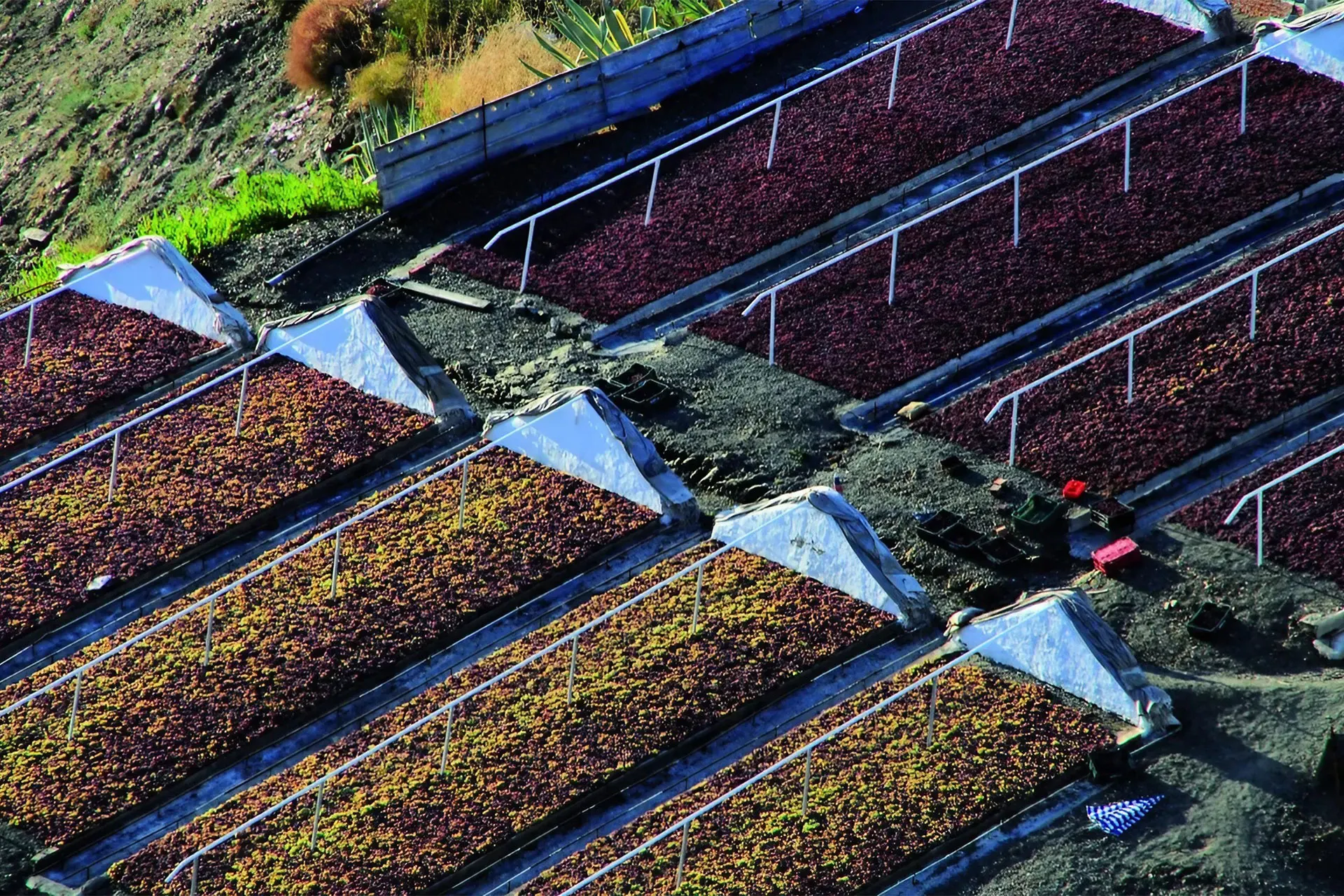
Raisin Production and Uses
The Muscat raisins of Axarquía are renowned for their sweet, intense flavour, a result of the region’s unique climate and traditional drying methods.
Grapes are harvested by hand and laid out to dry in the sun on paseros, a process that enhances their natural sugars and flavours. These raisins are a versatile ingredient, used in a variety of dishes both sweet and savoury. They add a rich sweetness to traditional Spanish desserts like torrijas and are also used in savoury dishes such as meat stews.
The Ruta de la Pasa is more than just a scenic drive through the picturesque Axarquía region; it is a journey through history, culture, and tradition. Whether you are a history buff, a foodie, or simply looking to explore the lesser-known side of Andalucia, the Ruta de la Pasa promises an insight into rural life.
We would recommend breaking this up into a 2-day journey, overnighting in El Borge.
Contact TOMA & COE for your bespoke journey into the history and culture of Andalucia’s Axarquia region.

